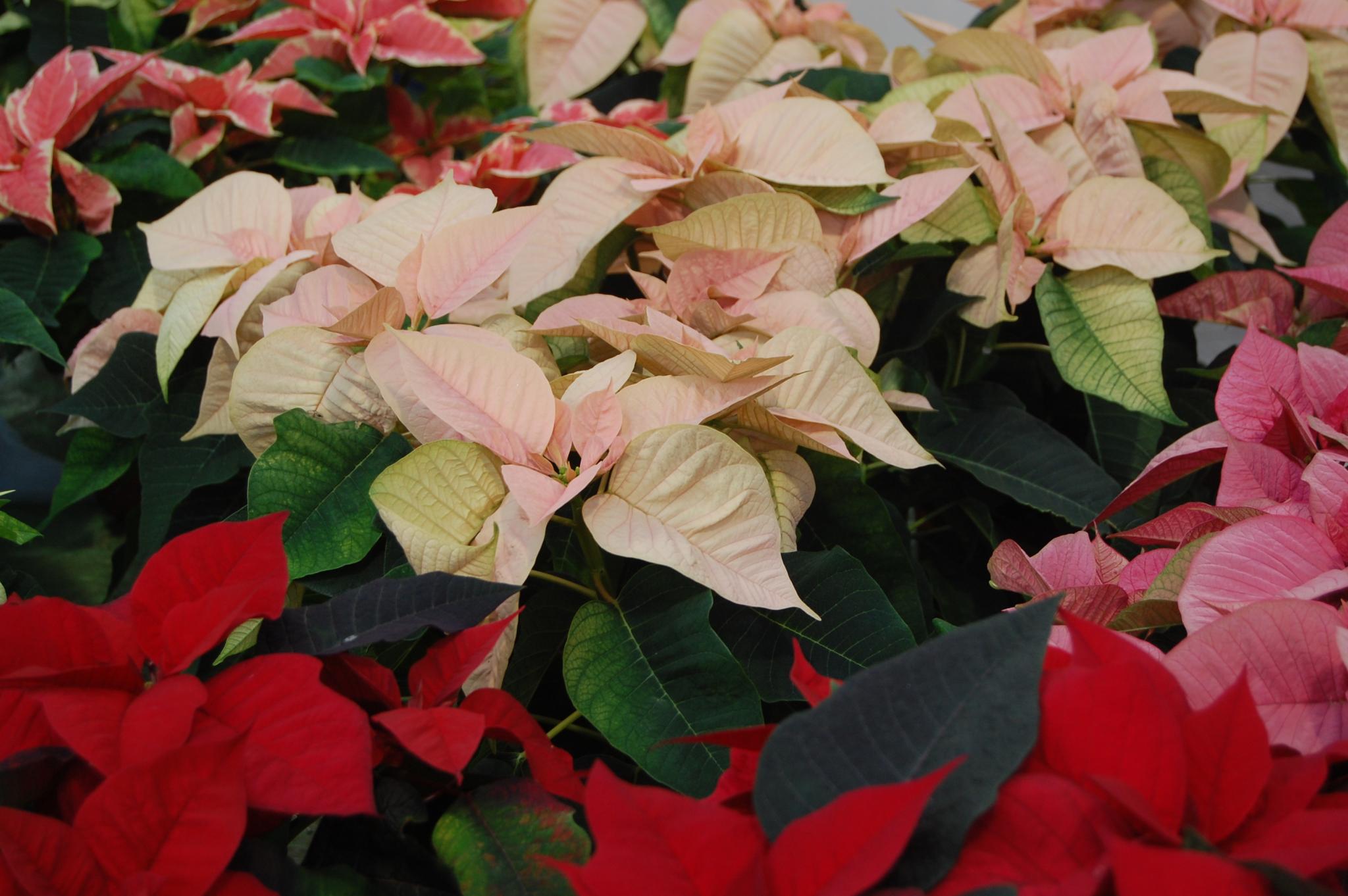A reader asked me just this week what she should do with her Poinsettia, which has survived since Christmas although, has no red bracts left on the plant. Well done Jill, six months is a really good innings for a Poinsettia. This is a potted plant that can survive for years if kept in the right conditions. To begin with, this is a shrub from a really large family of some 2,000 species and some of these grow wild on our mountain sides but not with the same bright red bracts. A potted one left over from Christmas could well do with a larger pot, it will survive both indoors or out but must be carefully watered from the bottom only, I refer to this by saying that it only likes its feet wet. So be sure to put water in a drip tray for the plant to soak it up as opposed to drowning it from the top. It won't grow many or even any red bracts for several months, just keeping it alive and healthy is the most important part at this time of year. Producing red bracts for Christmas can be started in about October time when I will remind you all how to go about that. The poinsettia in Spain really thrives and can grow into a really large shrub. I do remember visiting the famous gardens in Elche where there is a lovely avenue of poinsettia and lemon trees all at least ten feet tall, the combination of reds and yellows was really outstanding. Yes, the poinsettia can be nurtured into a really large shrub.
And now to some others of the same family known as euphorbia with all sorts of other names added such as dendroides or fulgens but I never refer to these names just simply the euphorbia which covers some of the lower slopes of our mountains and obviously survives with little or no help other than pure nature. It is one of those shrubs that can be snapped off and stuck into the ground where is will take root with ease. It has small green leaves that then have a secondary different green leaf or bract that will turn yellowish and then by full summer will turn to a pretty bronze shade which one is very aware of as the mountainside seems to change colour as does the shrub in the garden. As you may well imagine, being a mountainside shrub it survives all of the summer heat and in a garden can be easily over watered. It has a very evenly spaced ring of small green leaves then a ring of smaller leaves then a really tiny insignificant yellow flower growing off a main stem in a quantity of spurs that make a very attractive garden shrub. It is really quite refreshing to have some corners of the garden that need little or no looking after at all once established.
Now we will be into the month of June this week and coming up to the longest day of the year in just three weeks’ time otherwise referred to as the summer solstice although not yet the hottest days. There is still plenty to do in the garden keeping weeds down looking out those fat white grubs of the vine weevil that attack the roots of anything, constant slug and snail hunting and watering of course. One tree we are told not to water is the Fig tree, as a result, the fruit ripen earlier and are supposedly more flavoursome. The old approach to gardening was always dictated by the moon and as is at this very moment the waxing /growing moon is the right time to graft cuttings on trees which are considered to have hard bark such as citrus fruit trees, apples, fig and almond, all trees to be found to thrive in the Mediterranean climate. When it comes to planting, there are plenty of green and root vegetables that do well planted now, as I say time and again, our Mediterranean climate is perfect for an all year round growing season assuming we have plenty water from now onwards. In other words, we just never stop work.


No comments
To be able to write a comment, you have to be registered and logged in
Currently there are no comments.